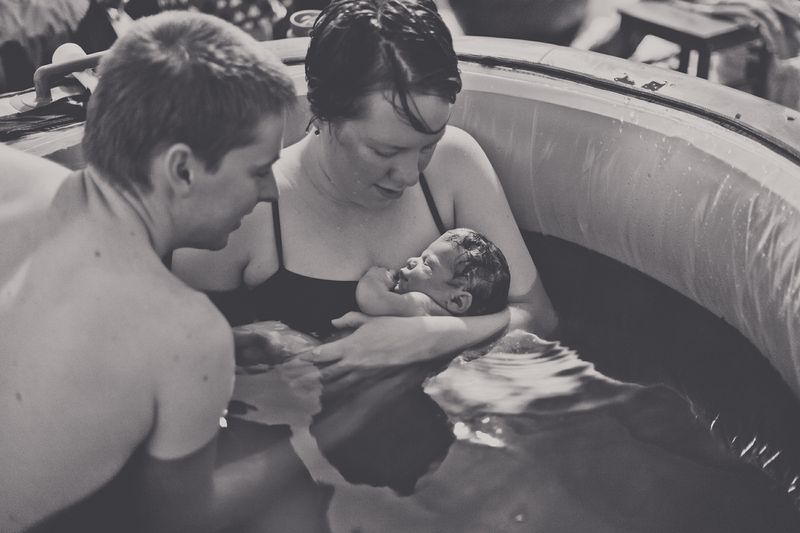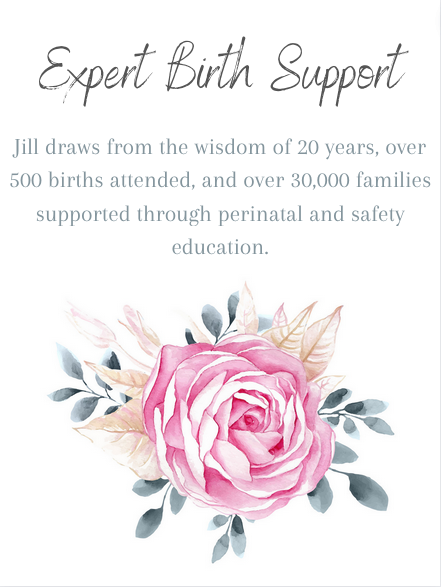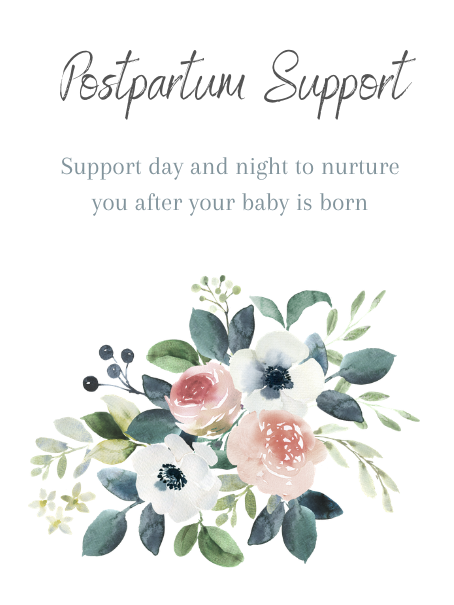
Brave and crazy are the two most common reactions I get when I tell people I had a home birth. This blog post is designed to show why you don’t need to be brave or crazy to entertain the idea of home birth, and why for some it may be more brave or crazy to go to the hospital (it seemed that way for me, anyway).
The following is simply the research and facts. You can draw your own conclusions. Keep in mind, the following research and factual information are relevant for people here in BC, Canada who have access to registered midwives and live within 30 minutes of a hospital. If you fall outside of this, you may need to do some more research.
Several studies have been done in the last few years to determine the safety of home birth vs. hospital for low risk women at full term. Probably the best one out there at the moment is from the Canadian Medical Journal in September, 2009. You can also read some commentary on it from the same journal here.
The results of this particular study was similar to several before it: the perinatal outcomes were very similar between hospital and home. However, when it came to interventions in the birth process (electronic fetal monitoring, assisted vaginal delivery) and adverse maternal outcomes (3rd or 4th degree perineal tear, postpartum hemorrhage) the stats were better for the home birth group than even midwife attended planned hospital births with the same cohort of midwives.
So basically, if your goal is simply that birther and baby are both alive at the end of the day, then either option is valid. However, if the birthing person wants to avoid unnecessary interventions and come out in good shape, the home birth group had better numbers.
Statistics and studies aside, I would like to clear up some common misconceptions about home birth safety.
1. What do midwives bring with them to home births?
A lot of people think that midwives show up with some towels and a stethoscope. This is simply not true. Here is a list of the MINIMUM mandatory equipment that a midwife MUST bring with along whenever they attend a client in labour in their home:
EQUIPMENT
• Foetoscope
• Doppler foetoscope, pulse oximeter
• Stethoscope
• Paediatric stethoscope
• Sphygmomanometer with appropriate sized cuff
• Thermometer
• Two haemostats
• Portable suction equipment compatible with intubation
• Newborn intubation equipment
• One pair of blunt-ended scissors
• One pair of scissors for episiotomy
• Newborn resuscitation bag and mask
• Newborn laryngeal mask airway
• Equipment for administration of epinephrine and/or fluids for volume expansion via the umbilical vein
• Suturing instruments
• Baby scale
MEDICATIONS
• Oxytocic drugs
• Local anaesthetic
• Epinephrine
• Oxygen (sufficient for transport)
• Eye prophylaxis
• Vitamin K
• IV fluids
SUPPLIES
• Cord clamps or ties
• Antiseptic solution
• Sterile gloves
• Non-sterile gloves
• Sterile lubricant
• Syringes
• Needles (appropriate sizes)
• Suture material
• Urinary catheter
• Urinalysis supplies
• Cord blood tubes
• Sharps container
• IV supplies
• Adult oxygen masks
• Oral airways
If you want take a deeper dive into equipment, you can do so here.
2. What if there is a postpartum hemorrhage (significant blood loss)?
It is dealt with exactly the same way at home as it would be in the hospital. That’s what the oxytocic drugs and IV fluids on the list are for. Registered midwives carry the same drugs as would be on hand at the hospital. When they are attending a birth at home, these drugs are drawn up in a syringe and ready to go so they can be used very quickly in the event of an emergency.
Also, midwives can set up IV drips right in your home!
3. What if the baby is not breathing when it is born?
You will note a lot of suction/oxygen/resuscitation equipment on the list. Most midwives carry even more resuscitation equipment than what is listed up there. It is the same equipment that is used in the hospital. Midwives also will bring an electric warming blanket with them, and set up a warmer station, just like the noisy, bulky, fancy warming devices at the hospital.
4. What if the baby has shoulder dystocia?
It is managed the same way at home as at the hospital – changing the birthing person’s position. McRoberts and Gaskin maneuvers are the most commonly used. This looks the same regardless of birth place. If the baby needs resuscitation afterward, see above.
5. What if my labour is too fast for the midwife to get there?
Then it might also be too fast for you to drive to the hospital. Unplanned unassisted births at home, while frightening, tend to be even more frightening in a car in traffic.
6. What if I want drugs?
Then you go to the hospital and get them. You are never locked into a home birth decision. In fact, registered midwives require that you preregister with your local hospital prior to 36 weeks in case you do end up there in the end.
7. What if the baby gets stuck or needs forceps/vacuum/c-section?
Then you transfer to the hospital and get some assistance. The most common reason for planned home births to transfer to the hospital is the desire for pain relief, particularly after long, drawn out labours. The midwife regularly checks the baby’s heart rate and the birthing person’s blood pressure throughout the labour process. They are trained to notice dips or concerning heart tones so that any problems can be picked up on early and appropriately transferred in a non urgent manner. If something were to suddenly go REALLY wrong, then they call an ambulance. They also phone ahead so that they are preparing the operating room for your arrival. It takes 20-25 minutes for them to prep the OR, even if you were already at the hospital. In an extreme emergency, you would probably arrive at the hospital around the same time that they would be ready for you in the OR.
8. Am I too old for a home birth?
Age in itself is not a reason to discard home birth. Older birthing people are more at risk for various health complications. However, if none of these risks are present and both parties are healthy, there is no reason to rule out a home birth for age alone.
Keep in mind, too, that for registered midwives to attend you at home, you need to meet certain health and gestational requirements. You would not be planning a home birth if you are expecting a preemie, or have preexisting health complications.
Another great resource for better understanding home birth in BC is the Planned Place of Birth document put out by PHSA.



